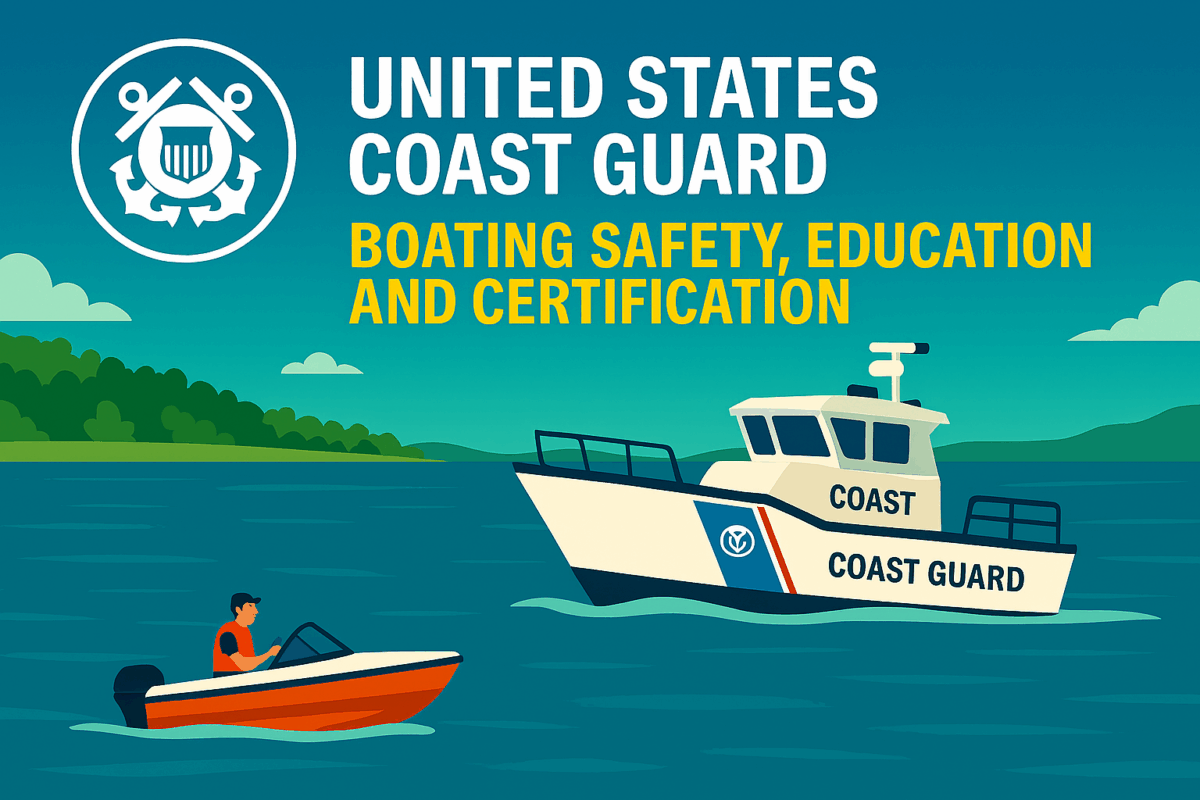Call: 1-800-832-7191

USCG ECOS Law
Enhancing Safety Through Smart Technology
Boating safety continues to evolve with new laws and innovations. One of the most impactful changes is the mandatory use of engine cut-off switches. These devices prevent runaway vessels when operators fall overboard. The USCG ECOS Law enforces this rule to reduce injuries and fatalities on the water.
Operators must understand how these switches work and when to use them. Awareness and compliance help protect passengers, swimmers, and other boaters.
What the USCG ECOS Law Requires
The law mandates that operators of recreational vessels under 26 feet use an engine cut-off switch link. This rule applies when boats travel on plane or above displacement speed. The switch must be worn on the operator’s body, life jacket, or clothing.
Wireless ECOS devices are also acceptable. These use electronic fobs that shut down propulsion when submerged. The law does not apply during docking, trolling, or idle speeds. Boats with enclosed helms are exempt from the wear requirement.
Manufacturers must install ECOS systems on new vessels with engines producing 115 pounds of static thrust or more. This requirement ensures consistency across the boating industry.
Why the Law Matters
The USCG ECOS Law improves safety by stopping boats immediately if the operator is ejected. This prevents collisions, propeller injuries, and property damage. It also helps the operator return to the vessel safely.
Most recreational boats already include ECOS systems. The law simply requires operators to use them. Civil penalties may apply for non-compliance, starting at $100 for a first offense. Education and enforcement work together to build safer boating habits.
Promoting Compliance and Awareness with the USCG ECOS Law
Boating instructors, marinas, and clubs should educate users about the USCG ECOS Law. Posting signs, sharing videos, and including ECOS training in safety courses increases awareness. Social media campaigns can highlight real-life stories and demonstrate proper use.
Encourage boaters to check their ECOS system before each trip. Responsible use of safety equipment protects everyone on the water. The USCG ECOS Law is a simple but powerful step toward safer boating nationwide.
